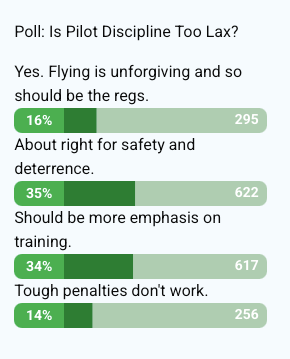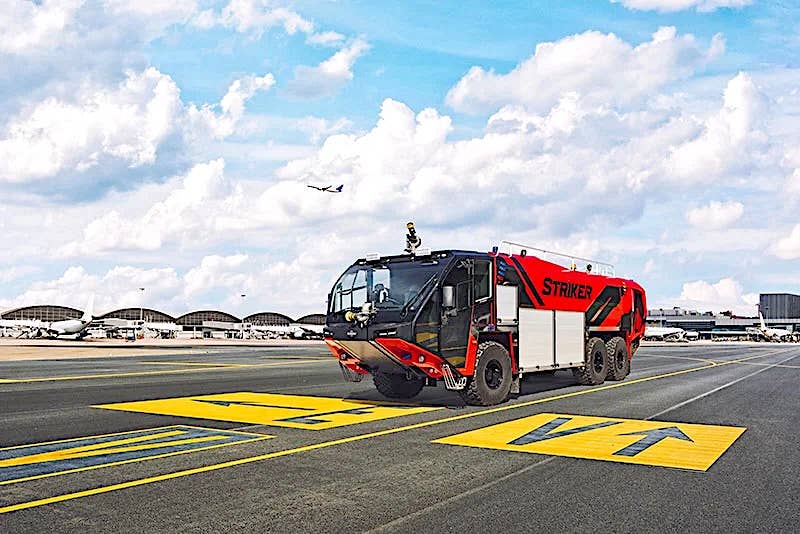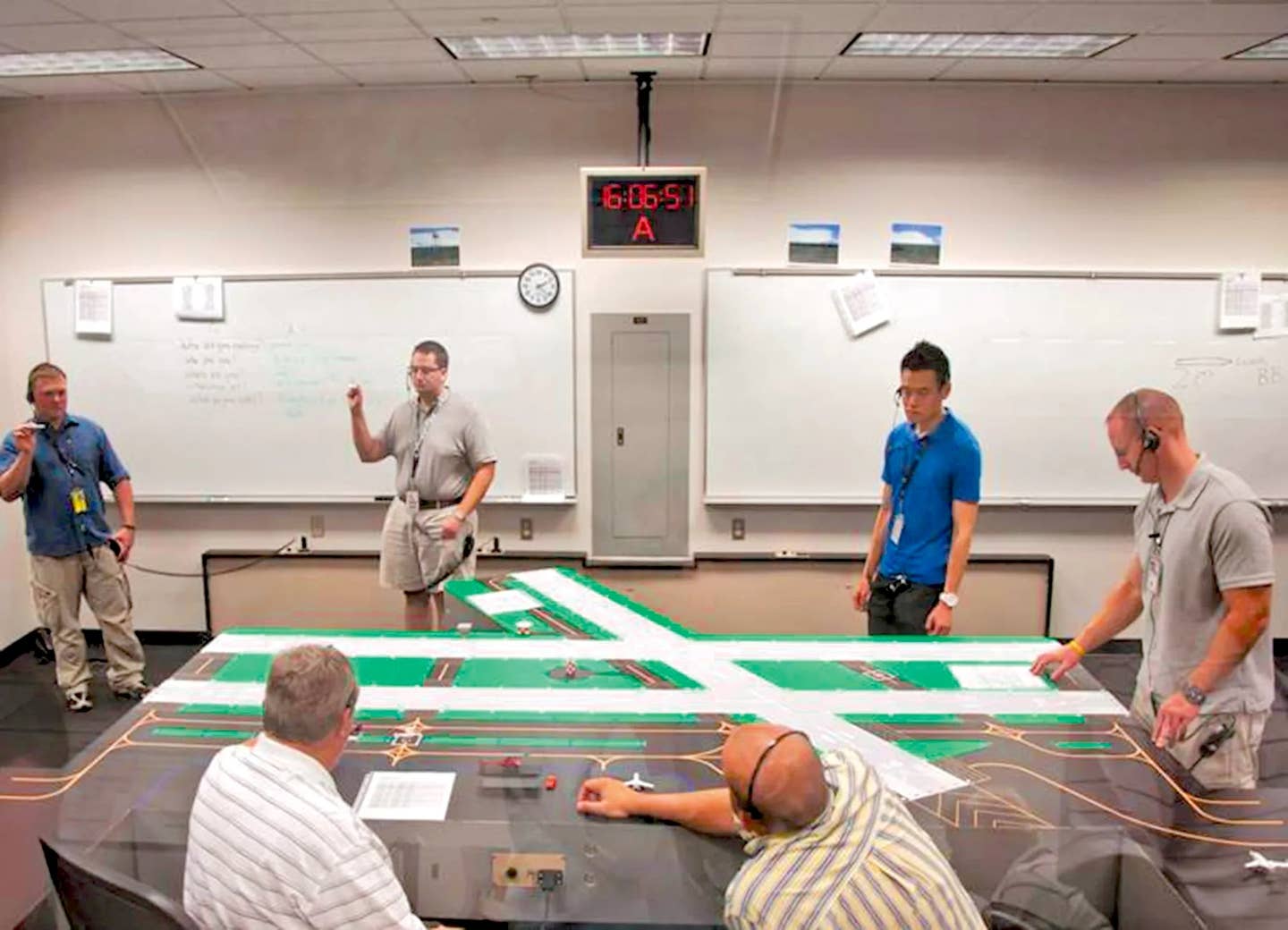Tooling Up!
Very few aircraft builders are not tool hounds. These are the people who walk through the local tool stores with a glazed look in their eyes. They are thankful when their spouse gives them a wrench for a present, even if they already have 12 identical ones in the toolbox. When a tool catalog arrives in the mail, they trip over the first step leading to the front door because they are heads down in the catalog. If this describes you, you need help!
Hi, my name is Bill and I'm a toolaholic…
Very few aircraft builders are not tool hounds. These are the people who walk through the local tool stores with a glazed look in their eyes. They are thankful when their spouse gives them a wrench for a present, even if they already have 12 identical ones in the toolbox. When a tool catalog arrives in the mail, they trip over the first step leading to the front door because they are heads down in the catalog. If this describes you, you need help!
When building an airplane, you will acquire many specialized tools. When you start building your second plane, you will acquire even more tools, even if that second plane is identical to the first. However, if you build a different type of aircraft the second time around, the tools you will require will be significantly different than those used on your first project. The collecting never ends.
The Journey Begins
The first step in the journey that will end with a flying aircraft is acquiring the required tools to get the job done. The primary structure will determine the tools you will need. For instance, if you are building an aircraft with significant wood structure, such as a Pietenpol or Falco F8L, your initial tool investments will be on woodworking tools. However, if you are going to build an aluminum aircraft, your first purchases will be focused on rivet guns, bucking bars, deburring tools and more. Builders who work with composites tend to require the fewest tools as their basic aircraft structure, while time intensive to build, only requires simple tools.
The tools required to complete the aircraft's systems are basically the same, regardless of the type of aircraft built. The builder will need the right tools to install their electrical system, torque nuts and bolts, install fuel and brake lines, etc.
The good news is that many high-quality hand tools can be purchased relatively inexpensively from former builders, local suppliers, and Internet retailers. (It has been my experience that local hardware stores do not sell the specialized tools required to complete an airplane.)
Keeping all those tools organized is another challenge, so plan ahead and acquire one or two roll-around toolboxes. Remember, toolboxes are like houses in that the bigger one you buy, the more stuff you can (and will) put in it.
Buy vs. Borrow
The choice to buy or borrow tools is one of the thousands of decision you will make throughout your build. Some builders buy every tool they will need and others borrow everything. Ultimately it is your choice and there is no wrong choice.
Before buying or borrowing a tool, try to determine how often it will be used. A drill is a tool you will need just about every day, while a flaring tool will only be required occasionally and typically towards the end of your build. To save money, I suggest you buy the drill and borrow the flaring tool. (Just don't ask what I did, and no, you can't borrow my drill or flaring tool!)
New vs. Used
Every tool I own is used. Some were new when I bought them, but they are all considered used now. Purchasing used tools that are in good shape can save you a significant amount of money. For example, individual Clecoes are not expensive but buying a few hundred can add up quickly. If you can locate a good source of used Clecoes, buy all you can find. Sure, some will get tossed in the trash can but in the end you will be way ahead.
On the other hand, stay away from used drill bits and rusty reamers.
Some tools can be rebuilt fairly simply and inexpensively. So, if you get a good deal on a pneumatic rivet squeezer and use it for six months prior to replacing the seals, you might come out ahead when compared to buying a brand-new squeezer.
Timing is Everything
There is no need to purchase every tool you think you might need at the start of your project. Acquire the tools you need as you start each new task. It has been my experience that many of the tools purchased early in the project in anticipation of future tasks were never used. (That may be because I simply couldn't find the tool until I purchased its replacement.)
Ask the EAA, it is All About the Education
Once you have bought your initial tools, you will need to learn how to use them. Join your local EAA chapter; there is bound to be a member who can teach you how to use your newfound tools. Even better, they may have some advice regarding which tools to buy and which to avoid.
EAA chapter members are typically very gracious with their time and many chapters host workshops to teach members how to safely use tools and produce good results. You will also develop good skills as you develop good friends.
Don't forget about your local community college; it can be a great educational resource and a good source for some of the larger, more complex tools. For example, if you are building something that requires the wood spar to be planed, sign up for a woodworking class and work with the instructor to trim your spars as a class project.
Finally, there are builder forums and web sites. It is unlikely that an airplane has been built in the last 10 years that has not been documented on the web.
Practicing with your new tools on scrap metal, wood, or composite material is a great way to learn the skills necessary to construct airworthy components. Remember, it is highly unlikely that the first part you rivet, lay-up, or weld will be airworthy. So, start with practice pieces that you know will become yard art and you will not be disappointed with the results. In addition, you will most likely save some time and money because you haven't damaged a primary (expensive) component.
Keep in mind that there is nothing difficult about building an airplane; it's just a lot of simple tasks. The problem is that all those simple tasks take some degree of skill, and the only way to attain that skill is to practice, practice, practice.
Your Last Tool
Shortly after flying my plane for the first time, I called a tool vendor and mentioned to the lady who answered the telephone that with the current purchase I was finished buying tools. Her reply, of course, was to simply laugh at me.
Later on I realized how right she was to laugh. More than 450 hours after my first flight, I continue to acquire new tools.
Final piece of advice
During your build, if you catch yourself saying, "I don't have the correct tool for this task, but I can make do with tool X," stop right there—buy, beg, or borrow the correct tool. If you continue and use the incorrect tool for the task at hand, you are likely to mess up the part you have spent untold hours working on, forcing you to remake the part. Not only that, you will then purchase the correct tool anyway.
After your dream plane is flying, think long and hard about selling off your tools. One person I know sold all of his tools after completing his plane, only to find out that he missed building. Now completing his third RV, he has finally rebuilt his tool collection.
Tool Suppliers
There are many different tool suppliers to choose from. Some are aimed at specific markets and others are generalists. The largest and most prominent generalist for the homebuilder has to be Aircraft Spruce & Specialty Co. On the other end of that scale is probably TM Technologies. TM Technologies serves a very small niche market, focusing on aircraft restoration and scratch builders.
In between you have other companies such as Aircraft Tool Supply Company, Avery Tools, Brown Tools, Cleaveland Tools, and many more.
There is always your local hardware store and the big-box stores for general hand tools: wrenches, pliers, etc. For the real tool bigots among us, professional-grade tools can be purchased out of the back of a truck. (Guess what, those impressive, expensive tool companies also have web sites that novices like us can buy from.)
In addition to some of those high-dollar tools, do not turn your nose up at some of the less-expensive, foreign-made tools marketed by national retail chain stores; some of my most useful and coveted tools came from these stores. In addition, there are times when you might need an extra-narrow 3/8-inch wrench; do not hesitate to buy an inexpensive wrench and modify it on your bench grinder.
Don't forget that many serviceable tools can also be picked up at local swap meets and online auction sites. As always, when buying something used, caveat emptor—let the buyer beware.
This article originally appeared in the November 2013 issue of Kitplanes magazine.






